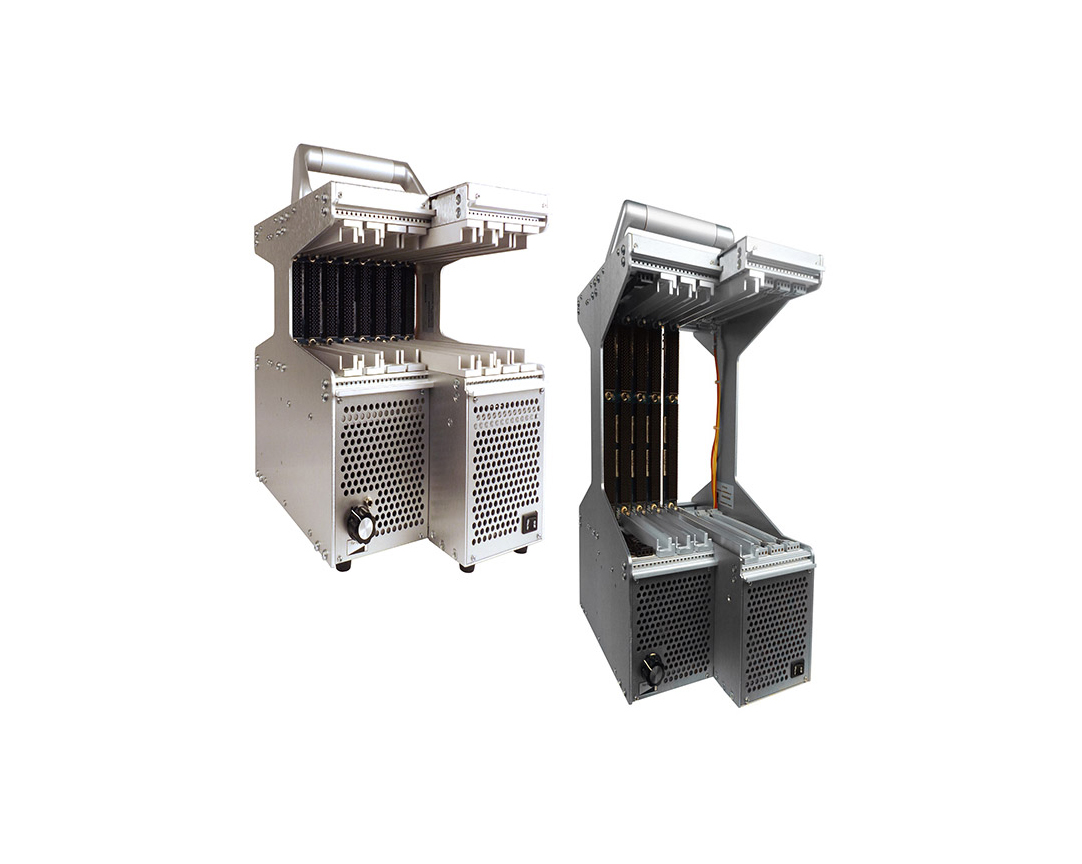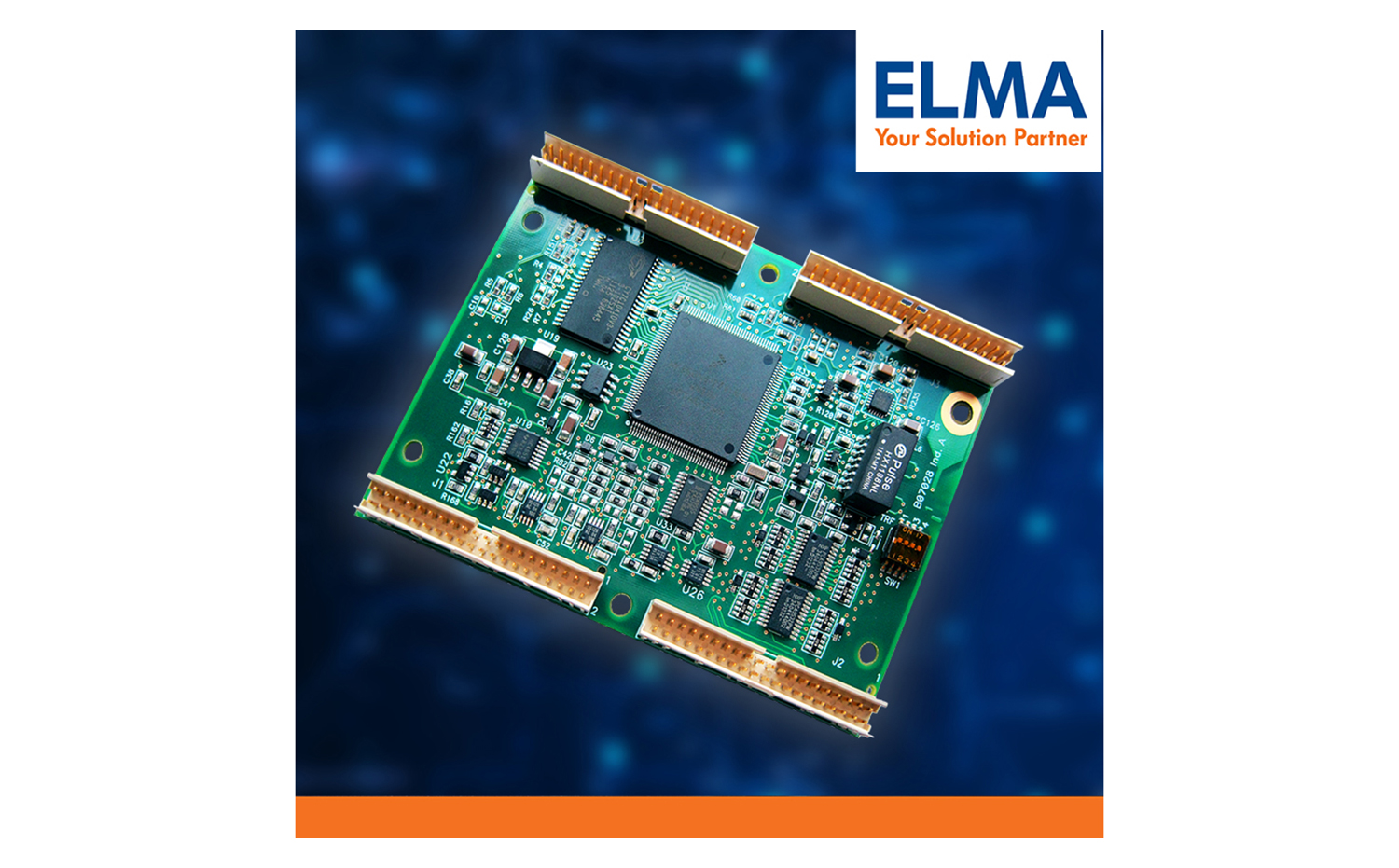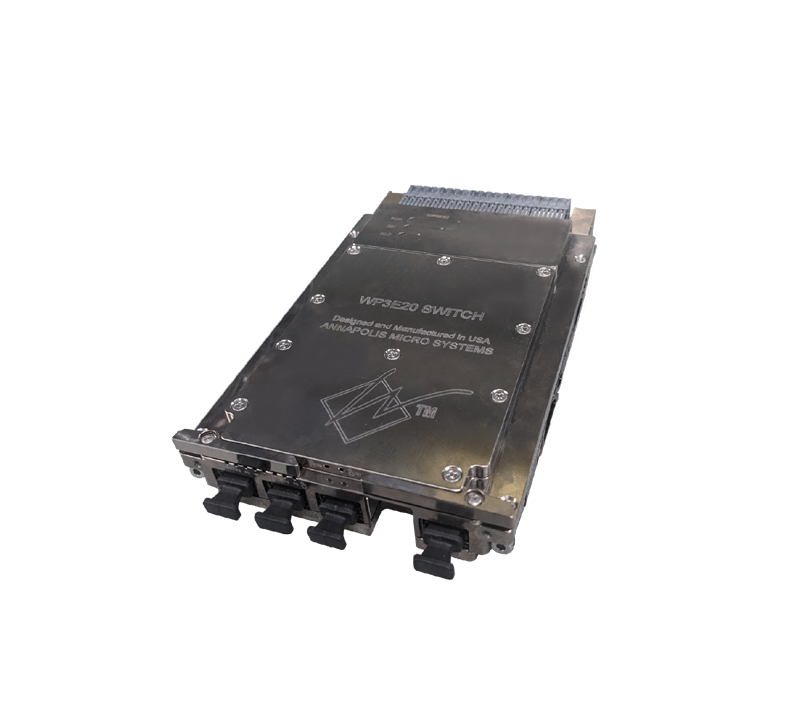| GrammaTech CodeSonar Shows Relationships in Large Code Base |
SAN JOSE, CA, Design West Conference/ESC─March 27, 2012─GrammaTech, Inc., a leading manufacturer of source-code analysis tools, today unveiled a next-generation software architecture visualization system. The new system incorporates a sophisticated new interface for viewing the relationships between software program elements. The system is integrated with CodeSonar, GrammaTech’s static-analysis tool for detecting defects.
The growing complexity of large software systems makes it more difficult for developers to test and analyze the interrelationships between elements of source code. CodeSonar visualization is designed to optimize visual inspection and analysis of software. It offers real-time, fluid transitions for developers to visualize massive data sets to work at different levels of abstraction. The software makes extensive use of the graphics processing unit (GPU), is very high performance and can handle very large code bases (10M+ lines of code).
“Typically, text editors show just a few dozen lines of code at a time. Currently available visualization tools are effective at displaying small-scale parts of the program structure such as fragments of class hierarchies and subsets of the call graph, but it is infeasible to use those tools to show whole-program structures. Even for small projects, such tools become unusable because of complexity and performance,” said Paul Anderson, VP of Engineering at GrammaTech. “CodeSonar’s new program-visualization capability was specifically designed to perform well on millions of lines of code. It presents data in a layered fashion, so users can choose to see only the information appropriate to the desired level of abstraction. Users can explore the program in a top-down fashion, starting with the outermost high-level modules and zooming in to reveal detail at a finer granularity; or can take a bottom-up approach if that is more appropriate to the task.”
About CodeSonar Visualization
CodeSonar visualization displays the program’s call graph organized according to the module structure of the program. Graph layouts can be changed in real time and present data in tree, map, circuit, cluster, flow, radial and other layouts. Data is featured in a layered way that provides a high-level view with drill-down capability; users can explore the program from the bottom up as well.
CodeSonar visualization also includes other program understanding and navigation features, and supports annotations and sharing of diagrams between team members. With CodeSonar visualization, users can start at individual functions to gain insight from a bottom-up perspective, annotate nodes and edges with additional information and overlay the visualization with information on defects and source-code metrics such as complexity.
Other features include the ability of users to search the graph for functions of interest, view the graph in a variety of different layouts, and navigate to and from the source code of the program. In addition, the architecture is extensible, so users can generate graphs from other sources, feed them in an XML format to the tool and see them in the same user interface.
CodeSonar is a sophisticated static-analysis tool that performs a whole-program, interprocedural analysis on C/C++ code, and identifies complex programming bugs that can result in system crashes, memory corruption, concurrency errors and other serious problems. CodeSonar has long been the software-analysis tool of choice for embedded developers working on mission-critical applications such as satellites, avionics, industrial controls and medical devices. Companies outside the safety-critical space are also adopting CodeSonar to improve software reliability and security. This includes organizations developing software for wireless devices, networking equipment and consumer electronics.
Availability
CodeSonar visualization runs through a standard web client such as Microsoft Internet Explorer, Firefox or Chrome browsers. An early release version is available to customers today.
About GrammaTech
GrammaTech’s static-analysis tools are used worldwide by startups, Fortune 500 companies, educational institutions and government agencies. The staff includes 14 PhD-level experts in programming languages and program analysis. The company has offices in New York and California. More information about GrammaTech can be found at www.grammatech.com.







